Russia-Ukraine war: Impacts on global supply chains and China-Ukraine relations
Ukrainian academic Olga Brusylovska explains why the world economy and food supply are in turmoil from the Russia-Ukraine war, and how the war is also affecting China-Ukraine relations and China's trade and investments in Ukraine.
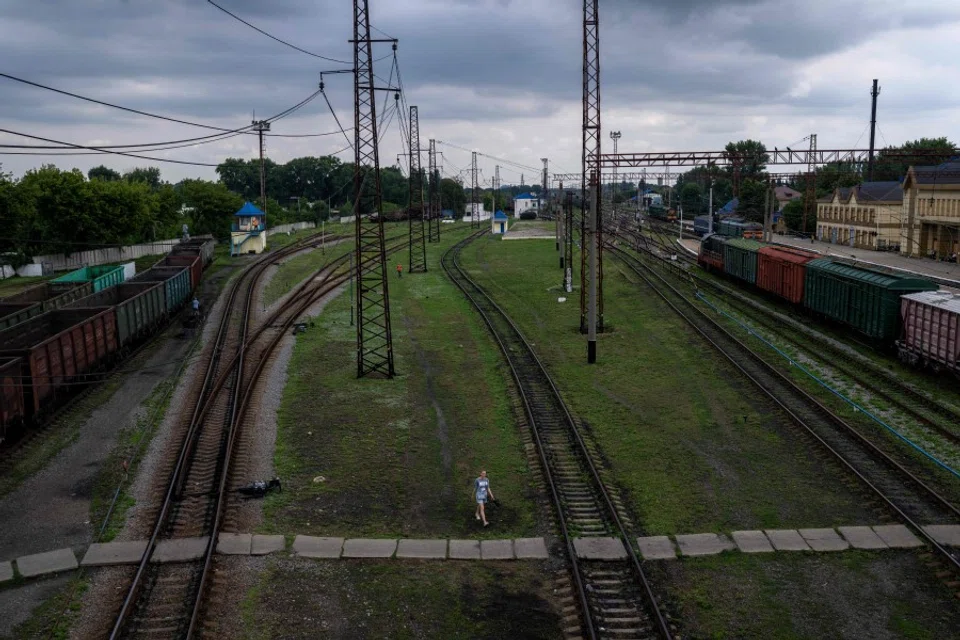
Russian aggression against Ukraine does not only affect the two countries involved. Countries dependent on food imports are at particular risk of a prolonged crisis because Russia and Ukraine are among the world's largest exporters of wheat, sunflower oil, animal feed and fertilisers to the Middle East and Africa.
Not only that, supply chain disruptions will create economic challenges for the industry as input prices rise and sales decline, which can lead to business failures and job losses. All these impacts add to the economic burden and state of crisis that many developing countries face. Developed countries are also affected by higher oil and gas prices. For instance, in the face of Russian aggression, the EU plans to significantly reduce its dependence on Russian oil and gas.
Moreover, the war in Ukraine could exacerbate the cost of living crisis as price pressures hit consumers hard. Unprecedented price rises for food, fuel and other essential goods spell trouble for populations around the world, particularly at a time when governments are looking to reduce spending on social safety nets.
In the midst of these pressures, can the China-Ukraine relationship stand the test of modern challenges? Trade and investment activities in Ukraine are not China's priorities, while the prospects for military-technical cooperation between China and Ukraine are becoming increasingly unclear after February 2022. And most importantly, until the Russia-Ukraine conflict is resolved, it is hard to talk about political cooperation between China and Ukraine.
Food insecurity
Many activities are unlikely to be possible this year. Even if farmers can reach their fields, they are short of fertiliser, pesticides, herbicides and fuel for farm machinery. The Food and Agriculture Organization (FAO) predicted that between 20-30% of the areas under winter cereal, maize and sunflower seed production in Ukraine would either not be planted or remain unharvested during the 2022-2023 season, with the yields of these crops also likely to be adversely affected.
Countries dependent on food imports are at particular risk from continued international price volatility. For example, Egypt is the largest importer of wheat in the world, importing up to 23 million tonnes (2020). Over 80% of these imports come from Russia and Ukraine. Lebanon is a major wheat importer, with 68% (2020) of imports coming from Ukraine and Russia. Also, 98% (2020) of Lebanon's sunflower oil comes from Russia and Ukraine. The World Bank has described the current crisis in Lebanon as one of the most severe of the past 100 years.
For next year, the FAO has predicted price rises for food and animal feed of 8-22% above the already high levels seen at the start of 2022...
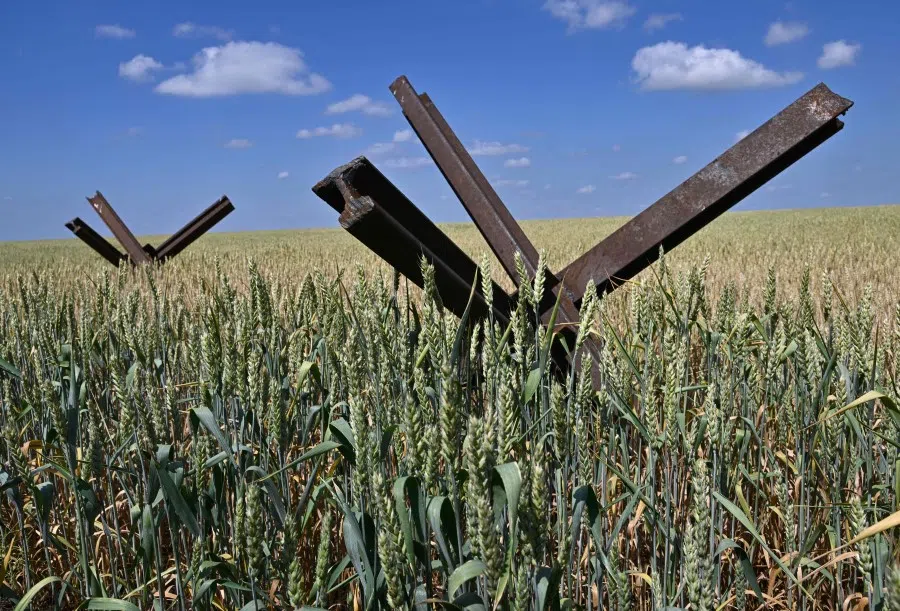
The World Food Programme anticipates significant disruption to its shipments from Odesa destined for West Africa including to Nigeria, where up to 14.5 million people are food insecure. The blockade of Ukrainian ports has left an estimated 22 million tonnes of wheat, maize and other grains stranded in silos, with devastating effects on global food prices and poverty levels. Thus, the World Food Programme has warned that the conflict is expected to push an additional 47 million people globally into "acute hunger", with the steepest increase in starvation rates in sub-Saharan Africa.
For next year, the FAO has predicted price rises for food and animal feed of 8-22% above the already high levels seen at the start of 2022, with other major global suppliers filling only part of the shortfall in supply from Russia and Ukraine. Since staple crops and oilseeds are substitutable in many global markets, price rises for one food type can prompt similar price movements for other types. This is currently evident in most staple grain and oilseed prices.
On 22 July, Ukraine and Russia struck separate deals with the UN and Turkey aimed at averting a global food crisis, agreeing on a "de facto ceasefire" on cargo ships that would collect millions of tonnes of stranded grain from Ukrainian ports. UN Secretary-General António Guterres said the agreement would "bring relief for developing countries on the edge of bankruptcy and the most vulnerable people on the edge of famine" by helping to stabilise global food prices.
But with fighting continuing in Ukraine and deep mistrust between the two sides, especially after the missile attack on the Odesa port on the second day after the signing of the agreements, upholding the deal would be a huge challenge. At the moment, the first grain ship bound for Lebanon left Odesa under the deal on 1 August.
Declining fertiliser supply
This spring, some countries moved to impose fertiliser export restrictions; Ukraine and Russia have both banned fertiliser exports. Also in mid-March, Russia banned the export of wheat, maize and other cereals to Armenia, Kazakhstan and Kyrgyzstan, while Egypt, Hungary, Indonesia, Moldova and Serbia have imposed export bans on staple crops.
Economic sanctions have constrained the global supply of nitrogenous and phosphate-based fertilisers from Russia, and potassic fertilisers from Belarus and Russia. These fertilisers are needed everywhere. Supply chain disruptions create economic challenges for the industry, as input prices rise and sales decline. It can lead to business failures and job losses. All these impacts heighten the economic burden of the growing crisis on governments.
The current high price of fertilisers is already changing farming practices through reductions in areas sown and amounts of fertiliser applied, which will soon further constrain food supply. Not only that, impacts of the conflict on transportation costs are already becoming evident in the US: as demand for wheat pivots, the costs of exporting grain from the Gulf of Mexico coast have risen to a near eight-year high.
Energy supply shocks
Goldman Sachs has stated that the world could now be facing one of the "largest energy supply shocks ever", while Barclays and Rystad Energy suggest worst-case scenarios leading to prices of US$200 per barrel of oil.
The European Commission introduced a proposal to reduce the use of Russian gas by 60% in 2022 through the diversification of pipeline gas, as well as the production of renewable gas; increased energy efficiency in homes, including through behavioural change; accelerating the rollout of heat pumps; and the accelerated deployment of renewables. The EU proposed that the bloc cut its natural gas consumption by 15% over the next eight months in a plan that would affect all households, power producers and industries.
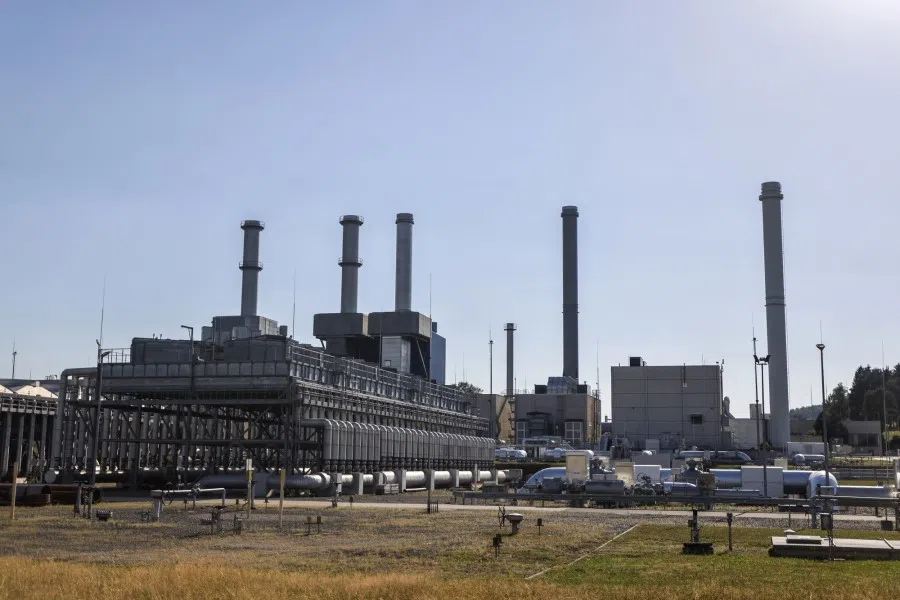
Higher prices are beginning to affect developed countries. The UK government defines "fuel-poor households" as those who would fall below the poverty line if they were to spend the amount required to cover their fuel costs. The UK government's energy security response holds back support for demand reduction and onshore wind generation. In contrast to the EU, the UK strategy proposes a new round of licences for the North Sea oil and gas projects, together with investment in nuclear power and offshore wind.
Trade and investment activities in Ukraine are not China's priorities. Ukraine's share in China's total trade volume amounts to only 0.3% (2021)... Nevertheless, Chinese investments have been important for Ukraine...
China-Ukraine relationship
The direct losses of Ukraine under war are already estimated at over US$500 billion. While Ukraine is also a source of China's raw materials and food, it is easy to see that Ukraine has always been much lower than Russia on China's priority ladder. Relations between the two countries developed slowly and did not go beyond trade and investment interests. The implementation of previously signed documents stalled; after 2013, relations generally changed for the worse.
Trade and investment activities in Ukraine are not China's priorities. Ukraine's share in China's total trade volume amounts to only 0.3% (2021). The long pause in political relations has affected economic indicators, including investment. Since 2015, the trade turnover between China and Ukraine has not exceeded US$18 billion (2021), while total trade between China and Russia jumped 35.9% in 2021 to a record US$146.9 billion, with Russia a major source of oil, gas, coal and agriculture commodities, and running a trade surplus with China.
Nevertheless, Chinese investments have been important for Ukraine. Among them is the investment in Mariupol, which since 2014 has been one of the priorities of state development programmes. The Azovstal metallurgical plant in particular was highly prized due to its unique function as a full-cycle metallurgical complex, which allowed the development of ferrous metallurgy and metalworking industry, and transport engineering.
The second pillar was the Mariupol Sea Trade Port, the deepest in the Sea of Azov. With it being under Russian control, Ukrainian exports are blocked and China-Ukraine relations are strained. In future, Chinese investors will have nowhere to return to - the city's factories, including Azovstal, will be demolished because they are unsuitable for reconstruction.
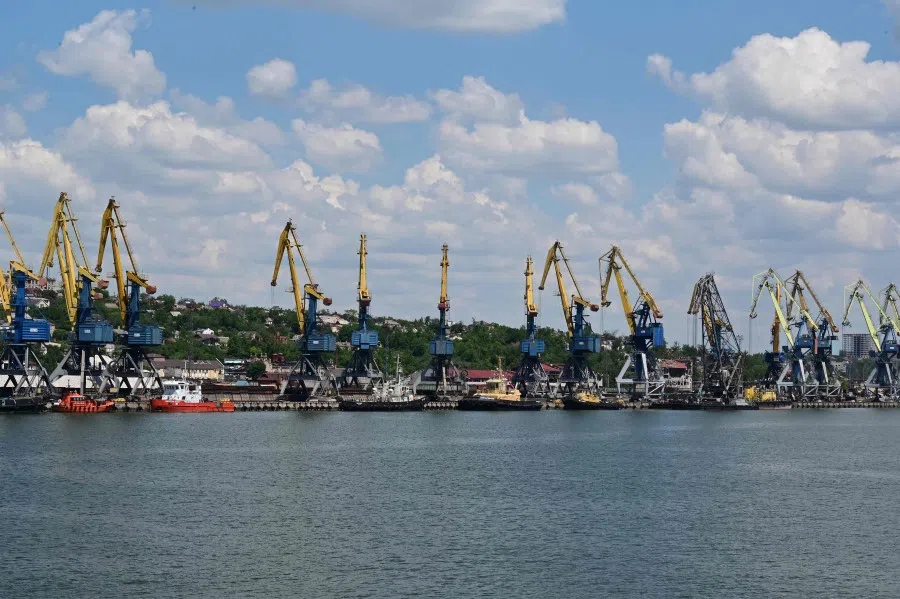
China was previously interested in up to 30 areas of collaboration with Ukraine in the military-technical sphere, including aircraft carriers, large transport aircraft, supersonic training jet planes, tanks, and the "air-to-air" and "air-to-ground" missiles. For 25 years, thousands of Ukrainian specialists have been involved in the Chinese state and private industry and more than 2,000 military and dual-use technological projects have been implemented.
... if before 2022, China was the largest weapons customer of Ukraine, after the beginning of Russian aggression, the Ukrainian army needs all types of weapons previously exported abroad.
Without cooperation with Ukraine, it would have been difficult for China to put in operation the aircraft carrier Liaoning (ex-Varyag), to succeed in the development of new warships, tanks, air planes, and especially aero engines. The Liaoning is equipped with the Ukrainian UGT-25000 or DN/DA-80 gas turbines. But during the last 25 years, China has already received all the necessary military technologies from Ukraine.
According to SIPRI, Ukraine exports US$80-90 million worth of weapons to China annually, and was the largest recipient of Ukrainian weapons, receiving 36% of Ukraine's total exports, from 2016 to 2020. But the prospects for military-technical cooperation between China and Ukraine are becoming increasingly unclear. Ukroboronprom, a strategic manufacturer of weapons and military hardware in Ukraine and China's main partner in bilateral military-technical cooperation, is now focused on ensuring the needs of Ukraine's defence, which inevitably caused a reduction in the possible supply of military equipment to Beijing, especially after February 2022.
So, if before 2022, China was the largest weapons customer of Ukraine, after the beginning of Russian aggression, the Ukrainian army needs all types of weapons previously exported abroad.
China's position concerning the Russo-Ukrainian war (2014-2022) was formed according to China's national interests. Ukraine's situation has affected China's global and regional interests and exposed its foreign policy to certain risks. China attempts to consider all the difficulties with the EU, Russia, Ukraine and the US with neutrality. However, it has a noticeable "tilt" towards Russia, which can be shown by an analysis of the Chinese mass media and their rhetorics. So, until the Russia-Ukraine conflict is resolved, it is hard to talk about political cooperation between China and Ukraine.
... the world faces a risk in which rising food and energy insecurity plus the current cost of living crisis may potentially spark further conflicts.
Further conflicts ahead?
With regard to the world economy, price rises will be a great challenge, particularly for low-income households, who spend large proportions of their incomes on food, and at a time when governments are looking to reduce spending on social safety nets, and moving to increase spending on defence and national security.
Higher energy prices in developing countries will also be particularly damaging, as much of the population already has to spend a higher percentage of their income on fuel (often primarily needed for cooking or transport). Higher prices may lead to further supply shortages, as those who can afford to do so may start hoarding these supplies.
In fact, the additional economic costs of responding to the war in Ukraine, on top of the huge disruption caused by Covid-19, could push economies into recession. People unable to access enough food and energy can quickly become more militant in their efforts to reach a better level of security. So, the world faces a risk in which rising food and energy insecurity plus the current cost of living crisis may potentially spark further conflicts.


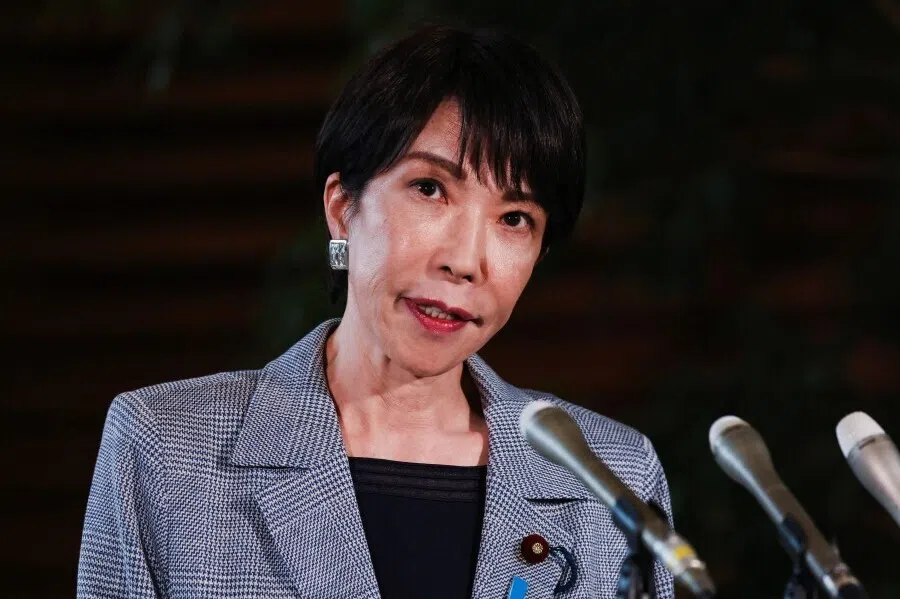
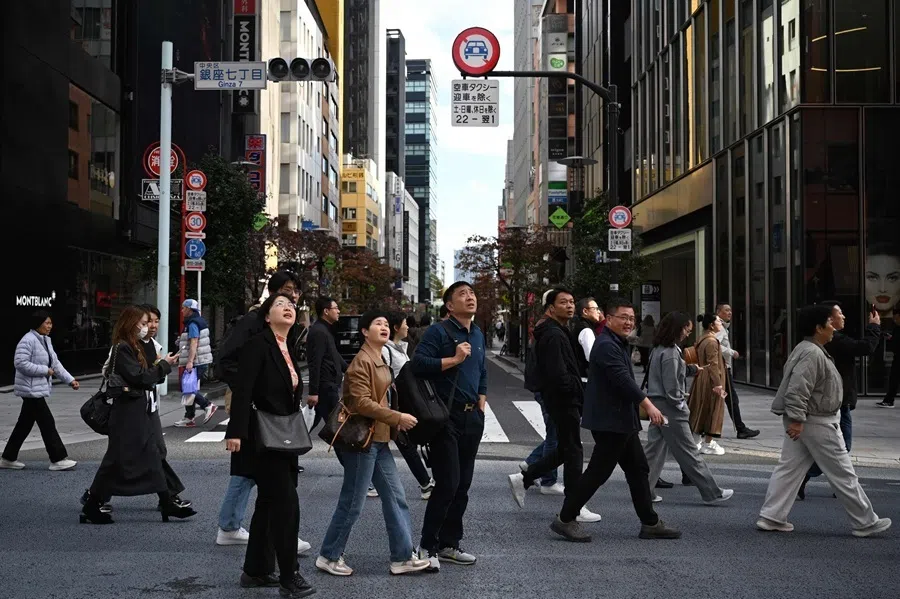
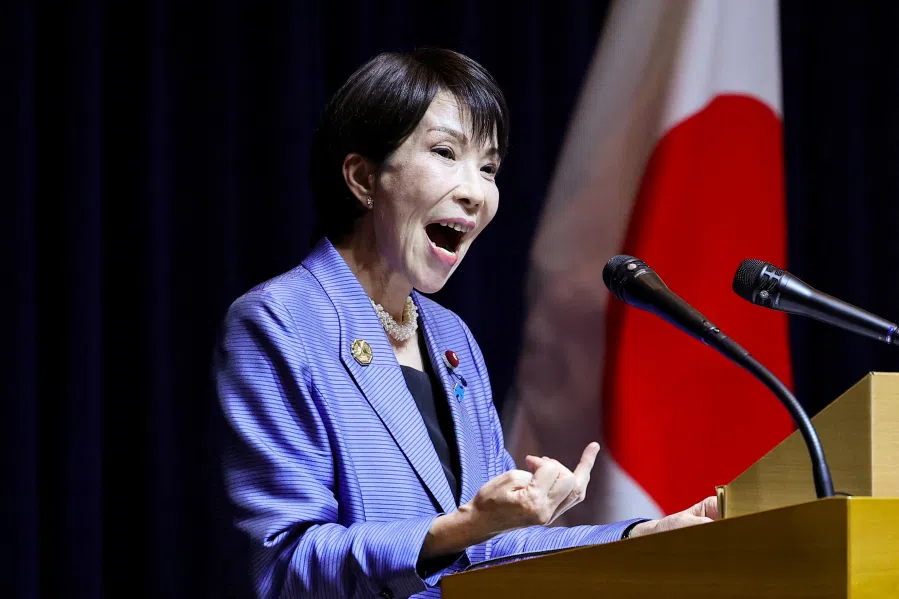
![[Big read] China’s 10 trillion RMB debt clean-up falls short](https://cassette.sphdigital.com.sg/image/thinkchina/d08cfc72b13782693c25f2fcbf886fa7673723efca260881e7086211b082e66c)